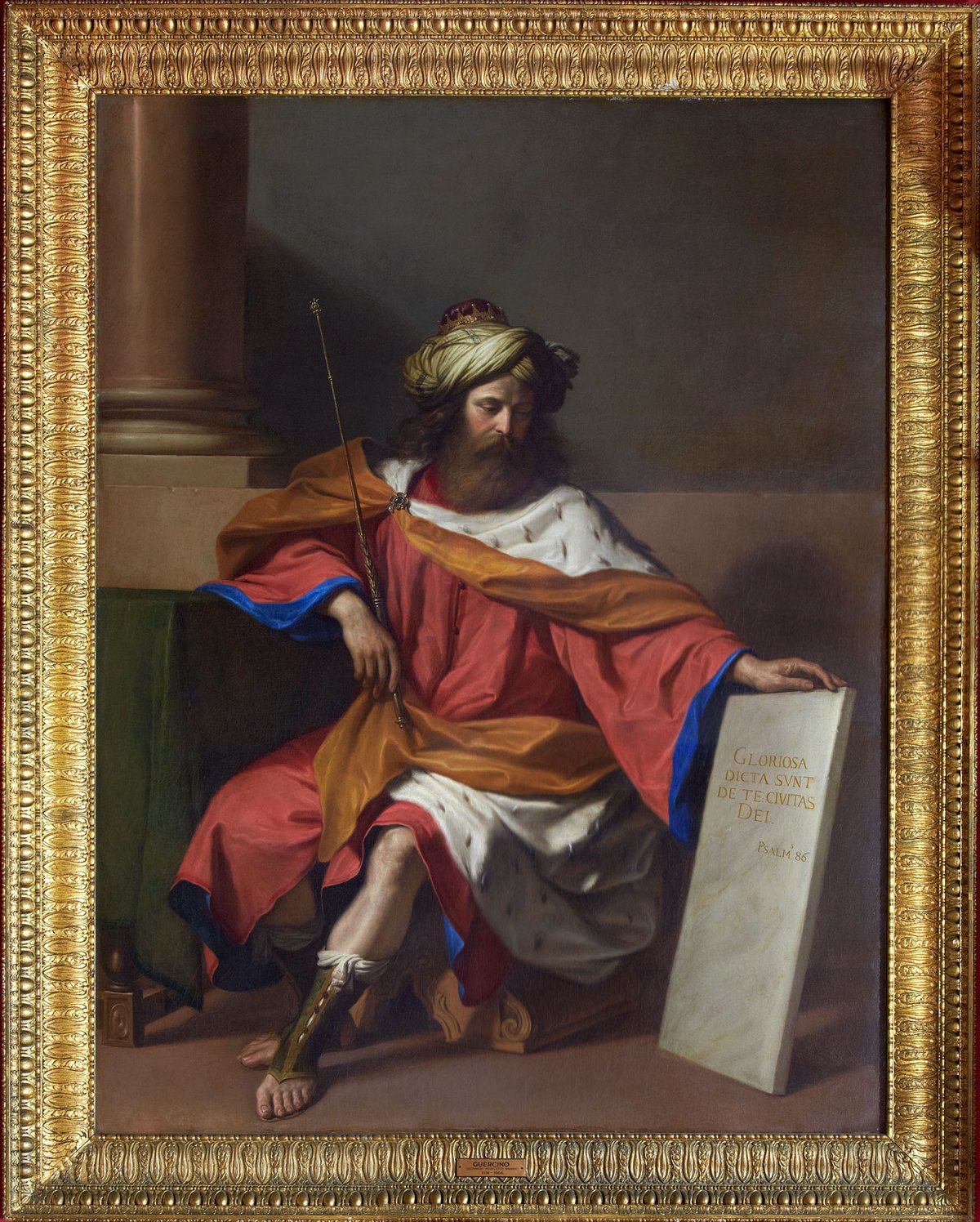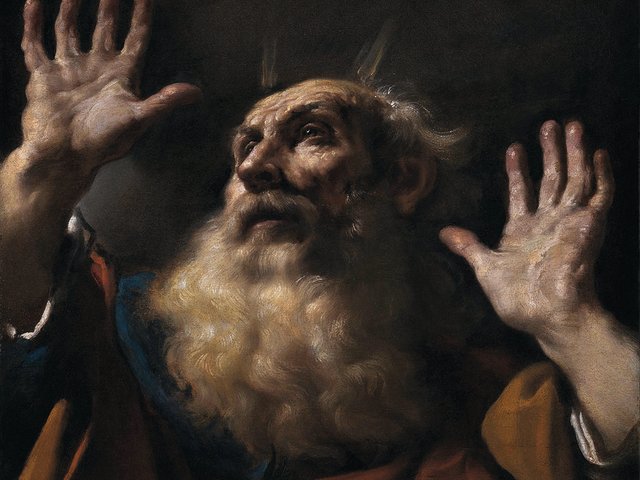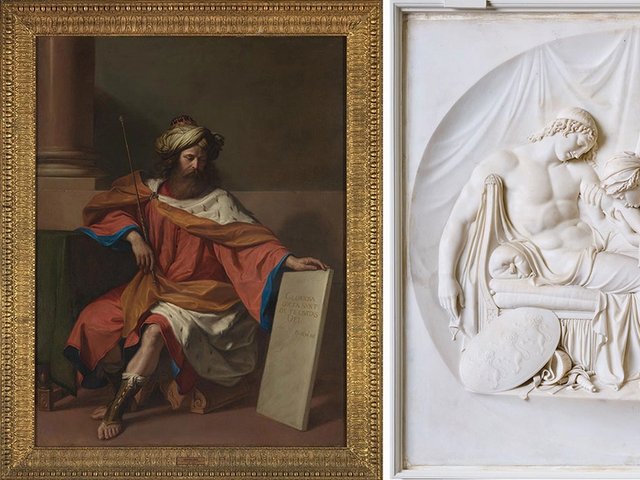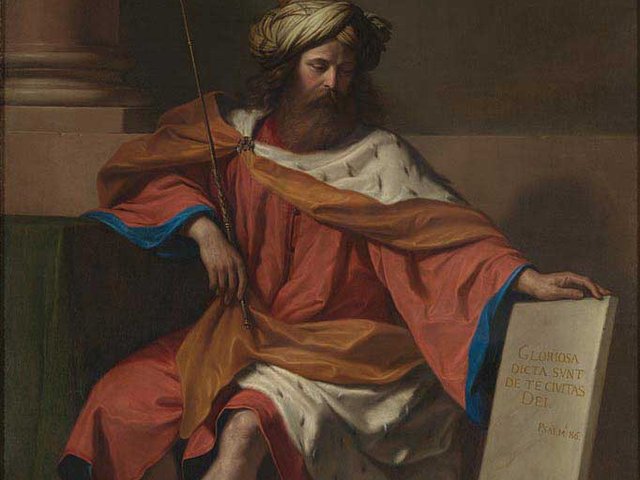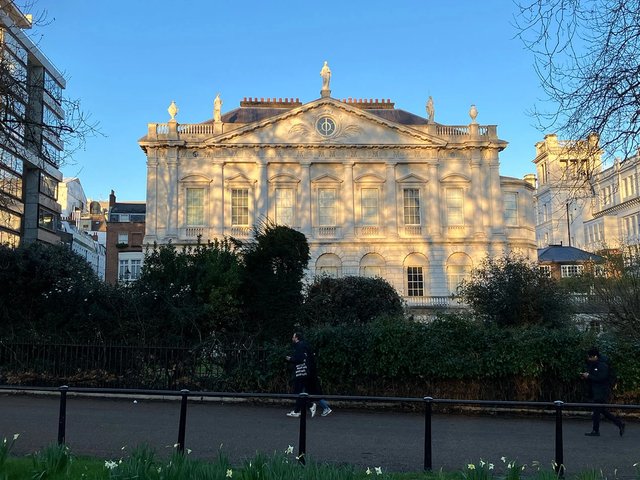When Jacob Rothschild, 74, bought the King David by Guercino for £5,193,250 at Christie’s London this July [2010], it was another important step in his restoration of one of London’s last aristocratic town houses, Spencer House, overlooking Green Park. Although an entirely private enterprise, the house is open to the public every Sunday except in January and August.
In 1927, the 7th Earl Spencer, grandfather of the late Diana, Princess of Wales, had moved out, taking its works of art with him, and a subsequent series of tenants, the last being the Economist Intelligence Unit, had not treated the house kindly. But Rothschild looked out on it every day from his offices and came up with a plan that would not only save the building, but also satisfy the shareholders of RIT Capital Partners, of which he is chairman.
It was 1985 and demand for a dilapidated if imposing Palladian building (by John Vardy and James “Athenian” Stuart) was so slight that the firm were able to buy a 12-year lease on it for just £1m, extended then by the Spencer Trustees to 125 years. A deal was done with the planning authorities to allow the back of the house to be turned into offices on condition that the profit was ploughed into restoring the state rooms. This cost a great deal of money as the Spencers were not inclined to lend or sell any contents back, and during the Second World War they had removed the sculptural marble mantelpieces. The master carver Dick Reid put together a group of skilled craftsmen to work on the house, recarving the mantelpieces from Italian marble, and replicating the furniture that was essential to its completeness as it too was by James “Athenian” Stuart. The Victoria & Albert Museum, which in 1977 had acquired some of Spencer House’s grandest furniture in case it ever became fit for it again, lent the pieces back. But the pictures had all gone, and replicas would not do.
The four large baroque paintings with their architect-designed frames in the Great Room were a particularly serious loss because it had been conceived as a gallery for the paintings acquired from the Farnese collection by the first Earl Spencer. Two still belonged to the family—the Samian Sibyl and the King David by Guercino—while two passed through Wildenstein in the 1980s, Andrea Sacchi’s Apollo Crowning the Musician Marcantonio Pasqualini, sold to the Metropolitan Museum, and Guido Reni’s Liberality and Modesty, sold to the late Peter Sharp, owner of the Carlyle Hotel in New York.
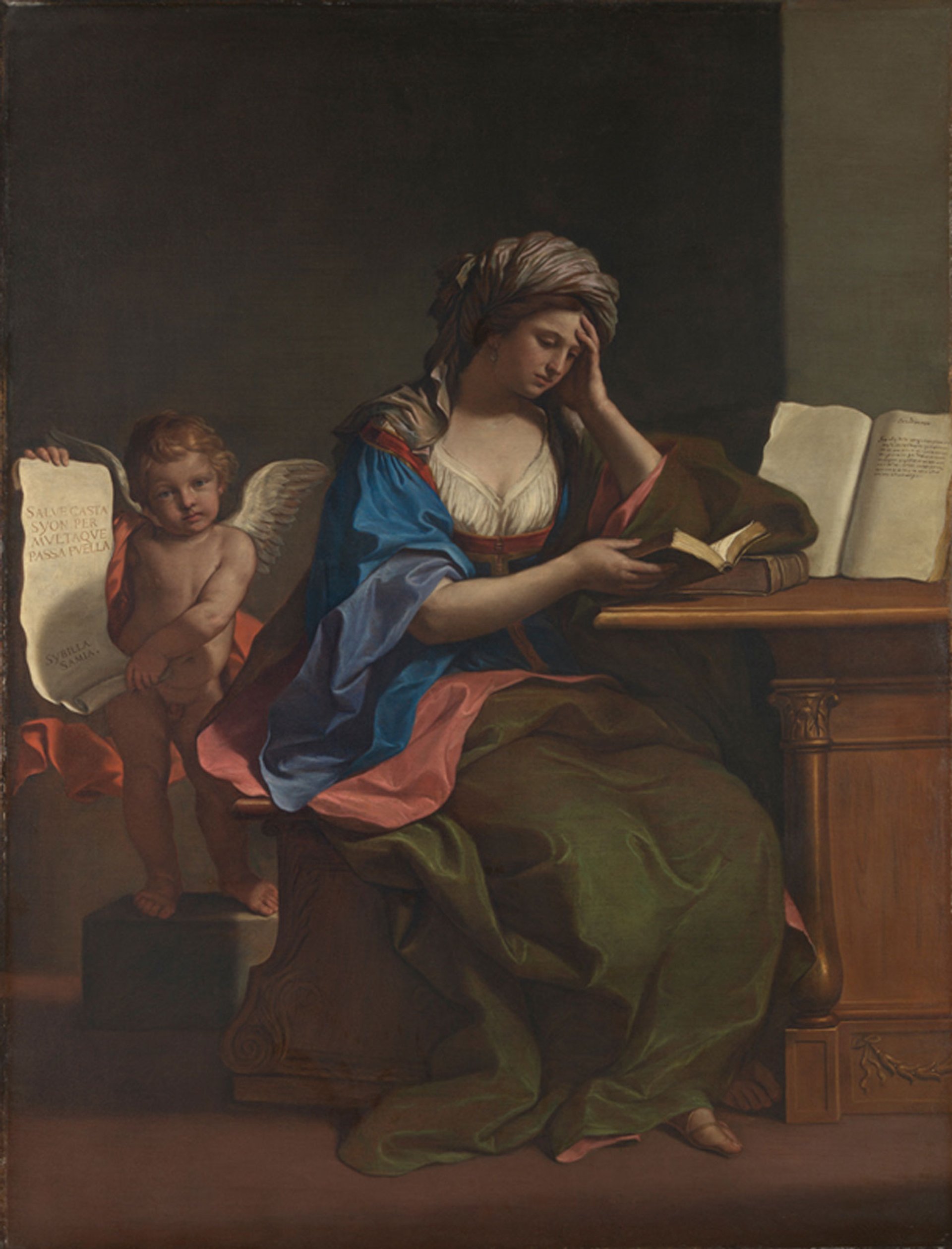
Guercino, The Samian Sibyl with a Putto, 1651. The painting was acquired from the Farnese collection by the first Earl Spencer in 1768 for Spencer House, London. It was moved to Althorp House, Northamptonshire, in the 1920s and accepted from the Spencer family in 2012 in lieu of Inheritance Tax and allocated to the National Gallery, London National Gallery London, licensed under Creative Commons
With the acquisition of the King David, it is one down, three to go. If the Spencers decide to settle the estate duty owing on their recent sales by offering the Samian Sibyl in lieu of tax, it might be lent back to Spencer House by whichever museum acquires it. The Met’s picture is unavailable, but Peter Sharp’s Guido Reni was sold by Sotheby’s New York in January 1994 and is somewhere in private hands. Meanwhile, perhaps with slight self-mockery, Lord Rothschild has decided to hang a painting he acquired from Phillips about ten years ago, Carlo Maratta and Giuseppe Bartolomeo Chiari’s The Banker Pallavicini Being Shown Up to Heaven by the Three Graces, to act as pendant to the King David. And then there is Guercino’s Cumaean Sibyl, on loan from the near centenarian Sir Denis Mahon to the National Gallery, London, and promised to it in his will. Lord Rothschild hopes that this might be lent to Spencer House to hang with the King David for a short while, because, while it was never a Spencer House painting, it started its life in 1651 to be a pair to King David.
The energy and personal money that Rothschild, a former chairman of the National Gallery and of the Heritage Lottery Fund, has put into this great house over the last 20 years has been remarkable, but he is aware that the new life he has given this Gesamtkunstwerk might not last: “Currently we let out the state rooms for parties and meetings and that pretty much covers its costs. But after I am gone, will RIT want to keep it as it is, with the pictures?”, he asks.
Lord Rothschild is planning an exhibition at Waddesdon Manor for 2012 around the Chardin Boy with a House of Cards, which he bought in 2007. This will be shown with the three other versions, in the National Galleries of Washington, DC and London, and the Louvre. Among other works will be Girl with a Shuttlecock, the sole survivor out of 17 Chardins sent in the Second World War to Bath from France by Henri de Rothschild for safe-keeping, only to be destroyed by a bomb.
- Update: The Samian Sibyl was accepted by the British Government in lieu of inheritance tax in 2012 and allocated to the National Gallery, in London. The Cumaean Sibyl was bought by the National Gallery in 2011. Both paintings, along with King David, form part of the loan exhibition Guercino at Waddesdon: King David and the Wise Women. Waddesdon Manor, Buckinghamshire 20 March-27 October 2024.


